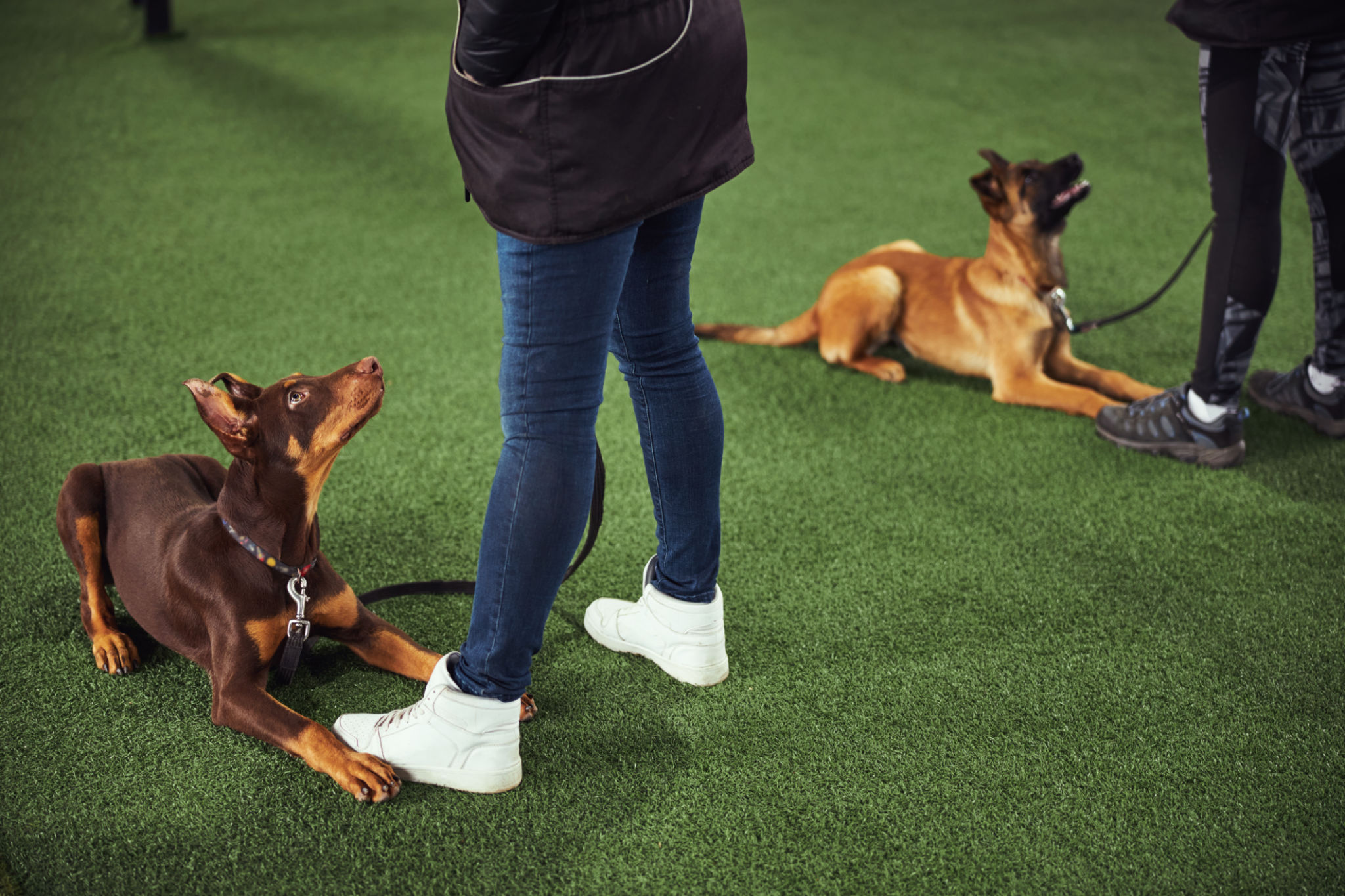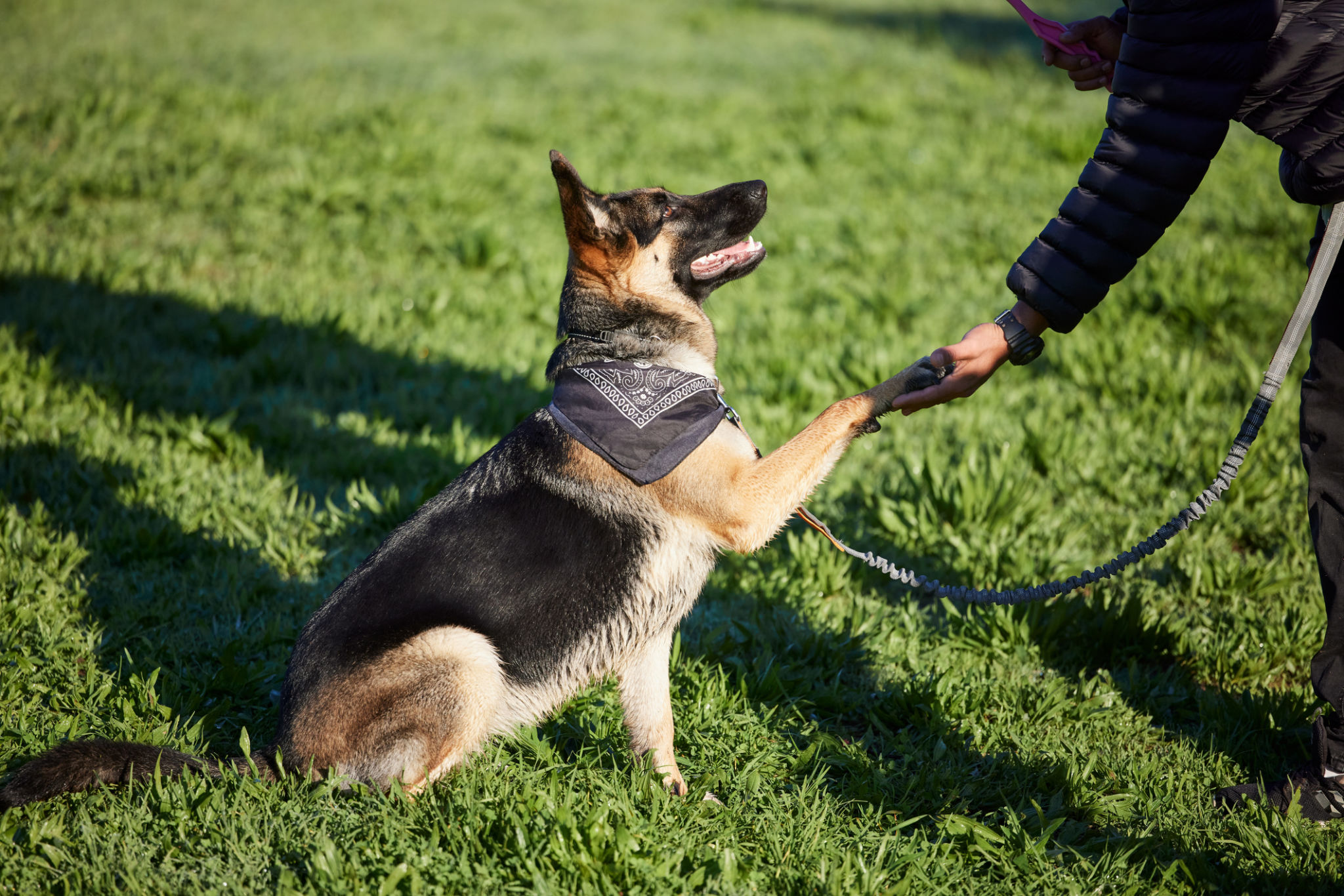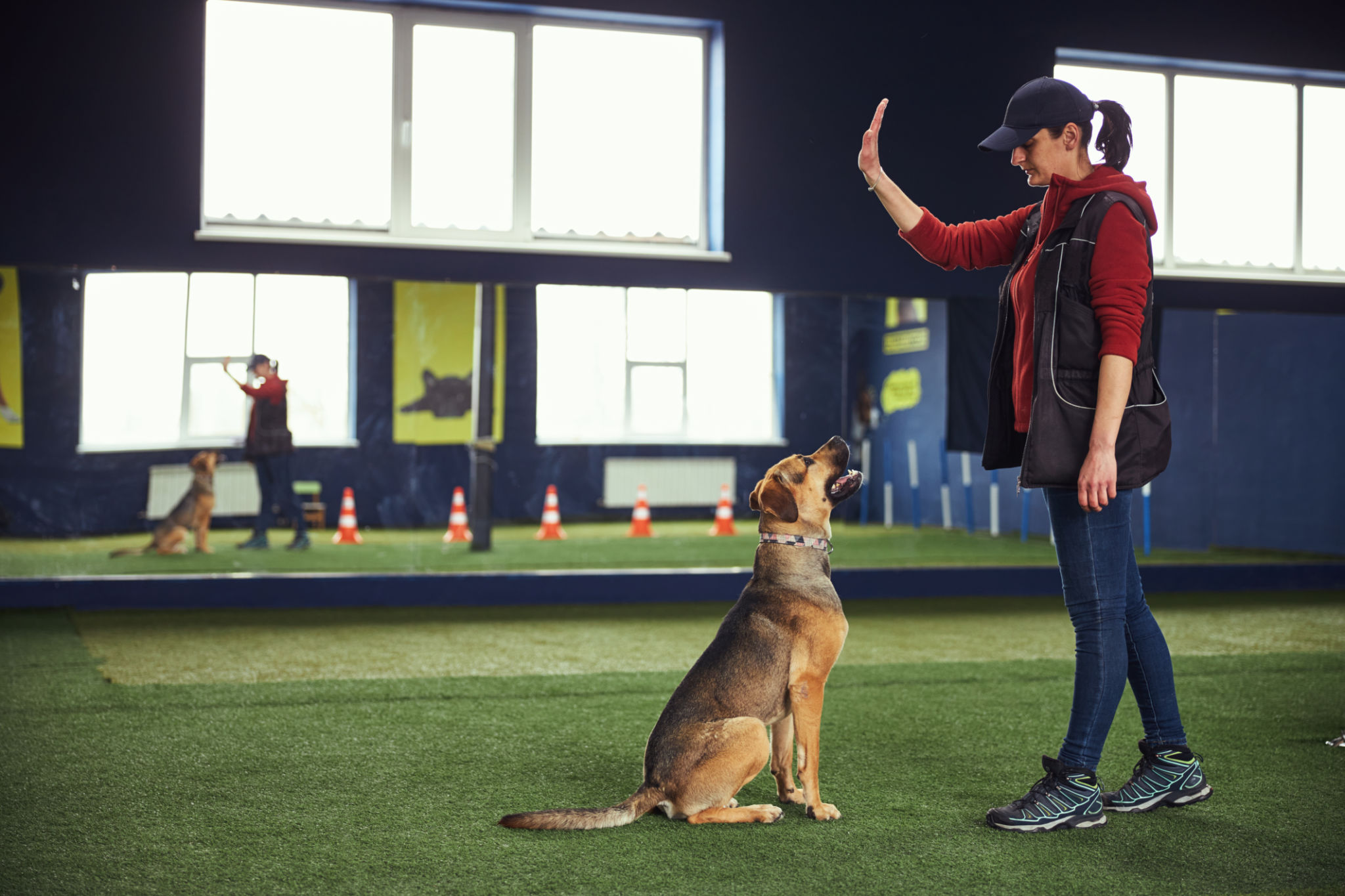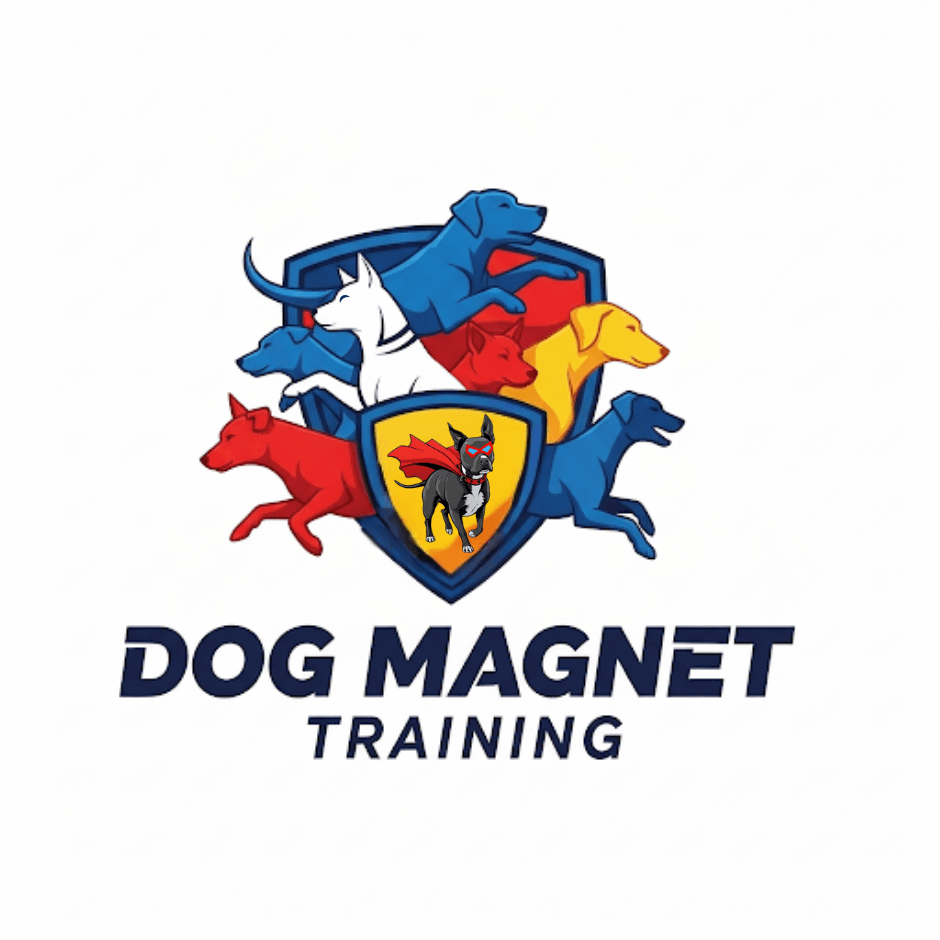The Ultimate Guide to Dog Training in Salt Lake City
Understanding the Basics of Dog Training
Dog training is essential for a harmonious relationship between you and your furry friend. In Salt Lake City, where the community is vibrant and outdoor activities abound, having a well-trained dog can enhance your and your pet's lifestyle. Training provides mental stimulation, strengthens the bond you share, and ensures safety for both your dog and those around you.

Before beginning any training regimen, it's crucial to understand your dog's breed, behavior, and personality. Each dog is unique, and recognizing these traits will help tailor a training plan that suits their needs. Consistency and patience are key in reinforcing positive behaviors and discouraging unwanted ones.
Choosing the Right Training Method
There are various training methods to consider, such as positive reinforcement, clicker training, and obedience classes. Positive reinforcement involves rewarding your dog with treats or praise when they perform a desired action, encouraging them to repeat the behavior. Clicker training uses a small device that makes a clicking sound to mark good behavior at the precise moment it occurs.
Obedience classes in Salt Lake City offer structured environments where professional trainers guide you and your dog through essential commands such as sit, stay, and come. These classes also provide socialization opportunities for your dog with other pets and people.

Finding Professional Trainers in Salt Lake City
With numerous trainers available, selecting the right one can be daunting. Look for certified professionals who have experience with various breeds and employ humane training techniques. Recommendations from fellow dog owners or online reviews can be invaluable resources in your search.
Creating a Training Schedule
A consistent schedule is vital for effective dog training. Dedicate time each day to work on commands and behaviors with your dog. Short, regular sessions are more effective than infrequent long ones, as they keep your dog engaged without overwhelming them.

Incorporating training into everyday activities can also be beneficial. For example, practice commands during walks or playtime. This approach not only reinforces learning but also makes training a fun and integrated part of your dog's life.
Common Challenges and Solutions
Training isn't without its challenges. Common issues include barking, jumping, or pulling on the leash. Understanding why these behaviors occur is the first step in addressing them. Dogs often bark out of boredom or anxiety, while jumping might be a sign of excitement or a desire for attention.
Consistency in correction and employing techniques tailored to each behavior can mitigate these challenges. For instance, using a firm "no" and redirecting your dog's attention when they bark can help curb excessive noise.
Maintaining Training Progress
Once your dog has mastered basic commands, maintaining their skills is crucial. Regular practice prevents regression and keeps their skills sharp. Consider enrolling in advanced classes if you're interested in furthering their training or learning new skills such as agility or scent work.
Moreover, always celebrate your dog's successes with praise or rewards to keep them motivated. Remember that training is an ongoing process that strengthens the bond between you and your furry companion.
